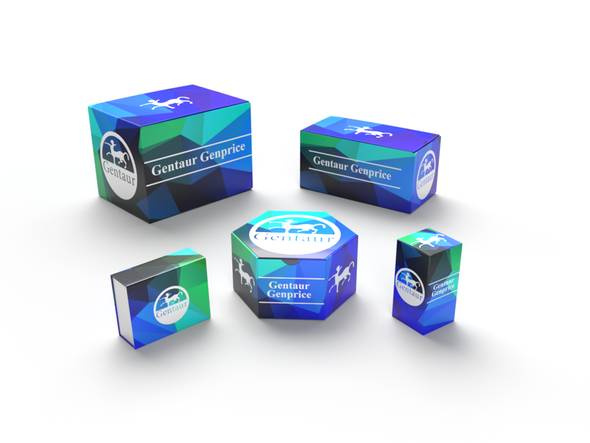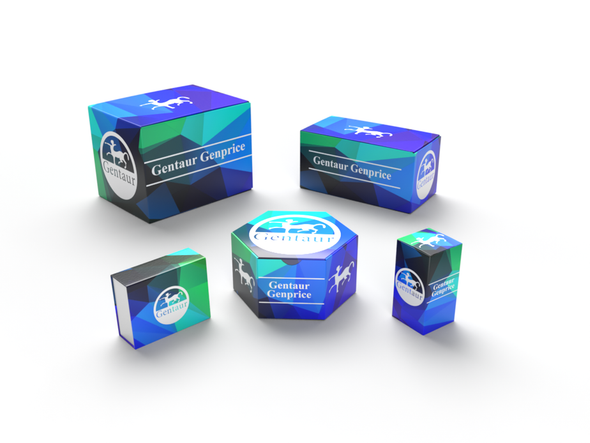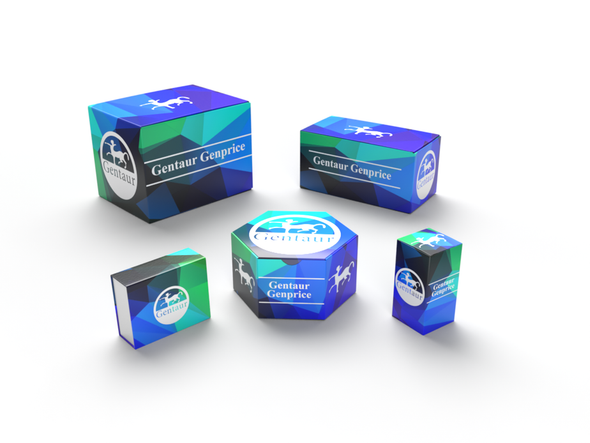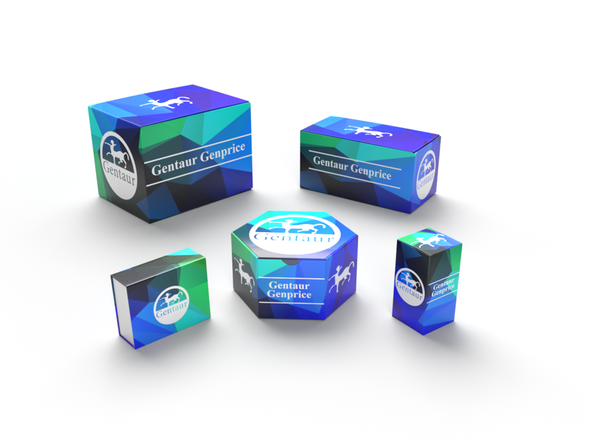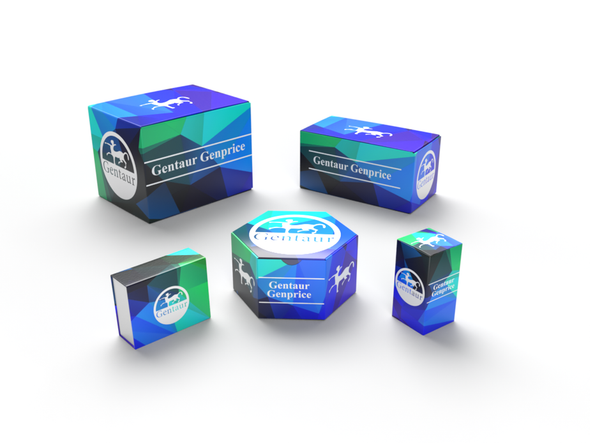Description
Rat Anti-Mouse HGF-R Antibody | 103-M184 | Gentaur UK, US & Europe Distribution
Species: Anti-Mouse
Host / biotech: Rat
Comment: N/A
Label: N/A
Clone / Antibody feature: (#6F7)
Subcategory: Monoclonal Antibody
Category: Antibody
Synonyms: Met; HGF; HGFR; Par4; c-Met; AI838057
Isotype: IgG1
Application: WB
Detection Range: N/A
Species Reactivity/Cross reactivity: Mouse
Antigen: Recombinant Mouse HGF-R extracellular domain
Description: HGF R, also known as Met (from N-methyl-N-nitro-N-nitroso-guanidine induced), is a glycosylated receptor tyrosine kinase that plays a central role in epithelial morphogenesis and cancer development. HGF R is synthesized as a single chain precursor which undergoes cotranslational proteolytic cleavage. This generates a mature HGF R that is a disulfidelinked dimer composed of a 50 kDa extracellular α chain and a 145 kDa transmembrane β chain. The extracellular domain (ECD) contains a seven bladed β-propeller sema domain, a cysteine-rich PSI/MRS, and four Ig-like Eset domains, while the cytoplasmic region includes the tyrosine kinase domain. An alternately spliced form of mouse HGF R lacks a cytoplasmic juxtamembrane region important for regulation of signal transduction. The sema domain, which is formed by both the α and β chains of HGF R, mediates both ligand binding and receptor dimerization. Ligand-induced tyrosine phosphorylation in the cytoplasmic region activates the kinase domain and provides docking sites for multiple SH2containing molecules. HGF stimulation induces HGF R downregulation via internalization and proteasomedependent degradation. In the absence of ligand, HGF R forms noncovalent complexes with a variety of membrane proteins including CD44v6, CD151, EGF R, Fas, integrin α6/β4, plexins B1, 2, 3, and MSP R/Ron (11 18). Ligation of one complex component triggers activation of the other, followed by cooperative signaling effects (11 18). Formation of some of these heteromeric complexes is a requirement for epithelial cell morphogenesis and tumor cell invasion. Paracrine induction of epithelial cell scattering and branching tubulogenesis results from the stimulation of HGF R on undifferentiated epithelium by HGF released from neighboring mesenchymal cells. Genetic polymorphisms, chromosomal translocation, overexpression, and additional splicing and proteolytic cleavage of HGF R have been described in a wide range of cancers. Within the ECD, mouse HGF R shares 87%, 87%, and 94% amino acid sequence identity with canine, human, and rat HGF R, respectively.
Purity Confirmation: N/A
Endotoxin: N/A
Formulation: lyophilized
Storage Handling Stability: Lyophilized samples are stable for 2 years from date of receipt when stored at -20°C. Reconstituted antibody can be aliquoted and stored frozen at < -20°C for at least six months without detectable loss of activity.
Reconstituation: Centrifuge vial prior to opening. Reconstitute the antibody with 500 µl sterile PBS and the final concentration is 200 µg/ml.
Molecular Weight: N/A
Lenght (aa): N/A
Protein Sequence: N/A
NCBI Gene ID: 17295



